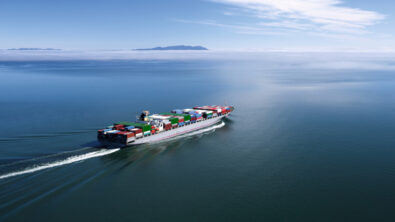The benefits of integrating simulation into the ship design process

In the design spiral approach to ship design that’s been the standard for decades, there has been almost an invisible wall between design and simulation teams, putting them out of sync. As discussed in a previous post, it’s become essential in modern shipbuilding for teams to take a more integrated approach to ship design that puts simulation technology at the heart of the process.
The key benefits of simulation-driven ship design
Changing approaches isn’t always easy, especially when the standard approach has worked fine for a long time. However, with the trends impacting ship design today, taking a simulation-driven approach has become increasingly important. Here are three key benefits of implementing this new approach:
1.) Better integration of tools and teams
While the design spiral has been the standard, it’s not efficient. It often creates siloed teams using different tools and data sets. An integrated approach connects the simulation and design teams, enabling them to evaluate multiple performance requirements at once with no issues with data transfers or bottlenecks.
2.) Process automation
An integrated approach to ship design also allows for process automation. With simulation technology and designs integrated, naval architects can more quickly analyze design variations and find the one that leads to optimal performance.
3.) Maximized performance through design exploration
Perhaps most importantly, an integrated, simulation-driven approach to ship design can lead to greater design exploration. Because ship designers can simulate many options, they can better understand which factors impact ship performance and come up with innovative solutions that meet mission requirements.
Learn more about the benefits of simulation-driven design
Curious to see simulation-driven design in action? Watch our on-demand webinar on how utilizing digital tools in ship design can pave the way for a more sustainable future for the marine industry. The webinar presents a case study to illustrate how this approach can help rapidly optimize the hull design of an offshore supply vessel.

